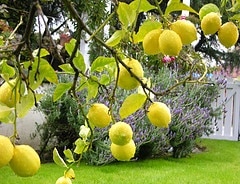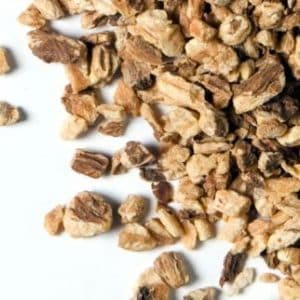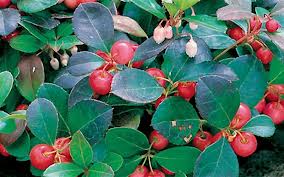The white oak likely originated in England, but now grows throughout most of North America, reaching heights of 150 feet and living up to 1000 years. It is a slow-growing deciduous tree, having deeply lobed leaves, long catkins, and green to brown fruit called acorns. It is found all over the Americas, Europe, Asia Minor, the Caucasus, and elsewhere.
The oak has a long history of being a sacred tree, especially to the Druids.
The bark was not only used medicinally but also to tan leather and to add flavouring to smoked fish.
Oak lumber was formerly used to build naval fleets of European nations. Whole forests were cleared to meet the demands of shipbuilders.
Oak bark has been used since the time of the Aztec empire as an effective remedy for diarrhea.
Acorns were a staple food for Native Americans, and also sustained many wild animals during the winter.
The Delaware, and others, used decoctions from the bark to treat sore throats, coughs, and other respiratory problems.
Key Actions
Key Components




